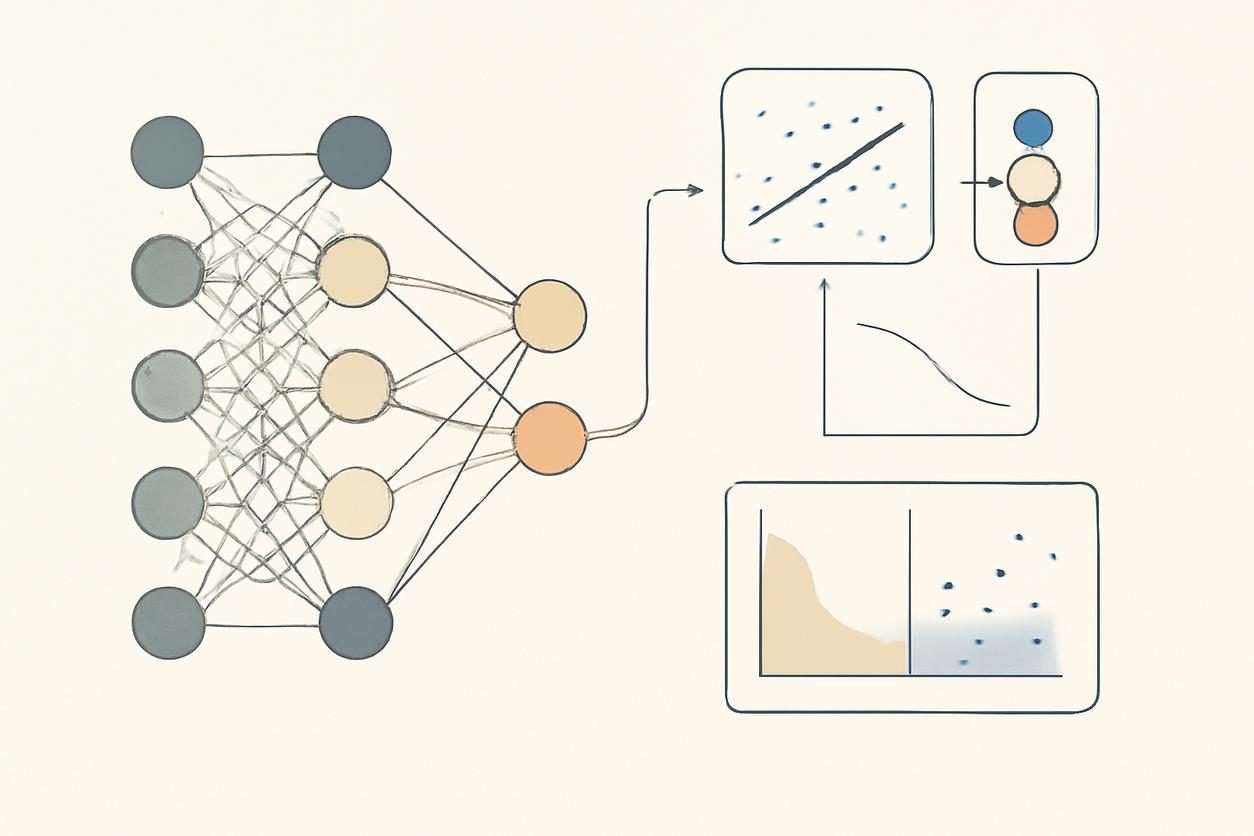Executive Summary
The integration of artificial intelligence (AI) has drastically transformed UK business, but with new technology comes new ethical responsibilities. As the public and regulators scrutinise AI usage, UK organisations must develop robust frameworks for responsible and ethical AI. This whitepaper synthesises the legal, societal, and business drivers for responsible AI, referencing UK/EU regulations. We share practical checklists, best practice frameworks, and real-world examples to empower leaders to align their AI strategies with the highest ethical standards.
1. Introduction
AI brings significant business benefits, but if poorly managed, it can cause reputational, regulatory, and financial harm. Misuse of data, algorithmic bias, lack of transparency, and unfair outcomes threaten public trust and invite regulatory penalties.
Recent studies by the Ada Lovelace Institute illustrate the heightened sensitivity of UK consumers to AI risks. The UK’s National AI Strategy and European proposals such as the EU AI Act stress ethics and public trust as foundational pillars.
2. The UK Regulatory Landscape
UK & EU Regulations
- UK GDPR: Governs data processing, with special care for automated decisions and profiling (ICO Guidance)
- Equality Act 2010: Prohibits discrimination—applicable if AI amplifies bias.
- EU AI Act (forthcoming): Will establish risk-based compliance categories; UK businesses operating in the EU must prepare for dual compliance.
Regulatory Bodies
- Information Commissioner’s Office (ICO): Enforces data protection, publishes extensive AI Guidance.
- The Alan Turing Institute: Provides ethical frameworks (View here)
3. Key Ethical Risks in AI Use
1. Bias and Discrimination
AI systems can reinforce hidden biases, leading to unfair hiring, lending, or policing outcomes. Even inadvertently, this can breach UK laws.
2. Lack of Transparency and Explainability
‘Black box’ AI systems undermine trust and complicate regulatory compliance.
3. Privacy Violations
Poorly managed AI can enable re-identification, over-collection, or misuse of personal data.
4. Lack of Accountability
Ambiguous responsibility for algorithmic decisions may result in harm without recourse.
4. Ethical AI Principles for UK Organisations
Adopting robust ethical principles is key. The five core pillars, per the Government Office for AI:
- Transparency
Document and explain AI system logic and decisions. - Fairness
Audit for bias, ensure equitable treatment. - Accountability
Assign roles for oversight, and document decision-making. - Privacy
Uphold GDPR and design for data protection. - Human-Centric Focus
Keep people ‘in the loop’ for sensitive or high-impact uses.
5. UK & International Frameworks
A. The Alan Turing Institute’s Ethical Framework
The Turing Institute’s guide offers a practical framework, including:
- Stakeholder engagement
- Impact assessments
- Iterative auditing
B. Responsible AI Guidelines by ICO
The ICO’s AI Guidance covers:
- Data minimisation
- Meaningful human review for high-risk decisions
- Regular bias monitoring
C. AI Ethics Impact Assessment Checklist
| Step | Action |
| Identify Stakeholders | Who could be affected by this AI use? |
| Assess Legal Risks | Does AI touch protected categories or sensitive processes? |
| Evaluate Fairness | Are data and outcomes free from systematic bias? |
| Explainability | Are decisions explainable to users and regulators? |
| Data Security | Are personal data and model outputs secure? |
| Redress Mechanism | Is there a way to challenge or appeal automated decisions? |
6. Implementing Ethical AI: Practical Steps
1. Build an Internal Ethics Committee
- Multi-disciplinary team from IT, HR, Legal, and frontline functions
- Regularly review high-risk projects
2. Integrate Ethics into Procurement
Ensure external vendors commit to the same standards, with clear service level agreements referencing ethical AI (see: UK government procurement policy).
3. Train and Upskill Employees
Run regular staff training on ethical standards, data privacy, and bias awareness (OpenLearn AI Ethics Course).
4. Conduct Algorithmic Audits
Carry out bias and fairness audits before launch and on a scheduled basis, using both internal and third-party assessments.
5. Maintain Comprehensive Documentation
Document model design, training data, decisions, overrides, and stakeholder communications for regulatory readiness and internal learning.
7. Real-World UK Examples
A. Financial Services
Barclays worked with regulatory partners to deploy AI for anti-money laundering—ahead of launch, algorithms were audited for bias, and all decisions were made explainable (source: Barclays Tech News).
B. Healthcare
NHSX’s AI procurement framework mandates suppliers to prove transparency and data privacy by design, boosting public confidence.
C. Local Government
London councils trialled explainable AI for benefits delivery, using independent external audits to test for indirect bias (see: Greater London Authority AI Ethics).
8. Overcoming Common Challenges
| Challenge | Solution |
| Limited AI explainability | Deploy interpretable models where possible; offer lay summaries to users. |
| Data privacy compliance | Use synthetic data or differential privacy safeguards for model training. |
| Resource constraints | Prioritise high-risk systems for audits/training, use external expertise temporarily. |
| Keeping pace with law | Establish a regulatory watch/liaison function; join industry groups (e.g. Data & Marketing Association). |
9. Ethics in Practice: A Responsible AI Checklist
- Ethics Impact Assessment before each AI project
- Stakeholder Engagement workshops at concept stage
- Mandatory Training for developers and users
- Documentation and transparency logs
- Bias Audits at design, deployment, and regular intervals
- Clear Appeals Process for those affected by AI-driven decisions
- Independent Oversight for high-impact projects
- Continuous Improvement—review learnings and update frameworks
Printable version: ICO AI Ethics Checklist PDF
10. Further Reading and External Resources
- Alan Turing Institute: Responsible AI
- ICO AI Auditing Framework
- EU AI Act Proposal
- OpenLearn Course on AI Ethics
- London Data Ethics Framework
- Barclays AML Innovation Story









